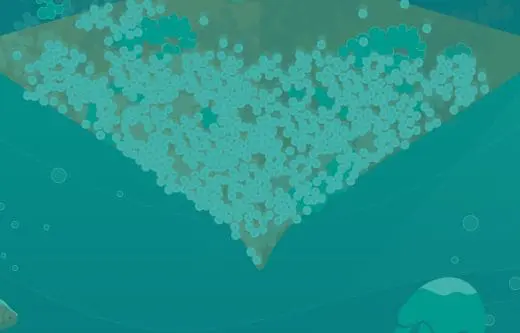The True Effects of Niche Area Fouling (& How to Solve Them)
The True Effects of Niche Area Fouling (& How to Solve Them)
In our latest research-led blog, we discuss the impact of niche area fouling on ship operations and our global ecosystems, and how to effectively protect all parts of the vessel.
Hard fouling on a vessel hull has long been known to pose significant challenges to shipowners and operators. From increasing the hydrodynamic drag — and therefore fuel consumption — of a vessel and negatively impacting GHG emissions reductions goals, to spreading invasive species, the effects are clear.
However, when it comes to biofouling in niche areas, the level of the issue and consequent burden is far less well recognised. Thought to account for as much as 10% of the total underwater hull surface of the global shipping fleet, niche areas remain a hidden yet vital part of the vessel when it comes to biofouling.
This is a problem. Not only is the challenge is far more widespread than many may assume, efforts to minimise the issue aren’t adequately addressing it. So what precisely are the true effects of biofouling in niche areas, and what is the solution?
What are niche areas and why are they so heavily impacted?
Niche areas are the parts of a vessel’s underwater surface not considered part of the hull, such as the boot tops, sea chests, gratings and dry dock support strips, and their performance is key to the operational health and success of a ship.
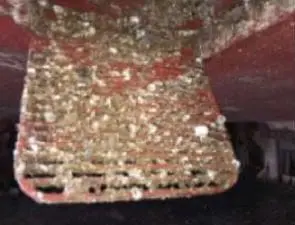
There are a number of reasons why these areas all too frequently become biofouling ‘hotspots’ — an ideal environment for barnacles and other forms of fouling. For one, restricted water flow in these areas limits the action of biocidal antifouling coatings which require a flow of water to remove the top coating layer, resulting in a thick ‘leach layer’ of depleted biocides and minimising the efficacy of coatings.
Due to the complex and oftentimes dangerous nature of niche areas, they’re also not only susceptible to poorer, inadequate coatings, but can be more difficult to maintain, and sustain damage in the everyday operation of a vessel faster than in other smooth hull areas.
Comparatively, efforts to prevent biofouling on niche areas have historically been much less than that for the overall flat surface of the hull, since the primary goal of hull cleaning is to reduce hydrodynamic drag, and in turn, fuel consumption. However, given the high risk to maintenance costs and other effects barnacle fouling in niche areas needs to be higher on the agenda.
The volume and effects of niche area fouling
Between 2015 and 2019, independent marine coatings consultants, Safinah Group, analysed a 249-ship sample in dry dock in efforts to gain greater, more comprehensive data on the levels of hard fouling, and its impact. The study, commissioned by I-Tech AB, found unacceptable levels of hard fouling coverage (>10%) on more than 44% of vessel hulls, as well the presence of animal fouling in 95% of niche area observations.
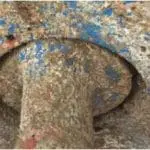
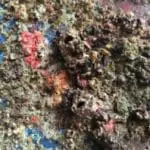
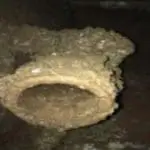
The same study also found that lower activity vessels — think leisure and passenger vessels — are likely to be more heavily impacted than those of higher activity, due to the speed at which they travel, and the typical amount of idling or downtime.
From an operational standpoint, these figures provide a clear indication of how biofouling can compromise the health and technical abilities of a vessel. Indeed, the accumulation of barnacles in niche area cavities and infestation on grates can cause significant maintenance problems with mission critical equipment. For example, fouling build-up in a sea chest can reduce the function of the box coolers, even to the point of total failure, rendering it ineffective in temperature control.
Invasive species transfer in niche areas
Perhaps the most widely acknowledged challenge around niche area fouling is its propensity to become a vector for invasive aquatic species (IAS) transfer. According to the International Maritime Organisation (IMO) vessel biofouling has been comparable to, if not more significant than untreated ballast water for introduction of IAS, with some evidence suggesting 70-80% of IAS introductions have occurred through biofouling.
Consequently, there is an increasing amount of regionally focused legislation that aims to preserve local marine ecosystems. In recent years, authorities in New Zealand have taken a more stringent approach to preserving their delicate marine ecosystems. In 2017, a 33,752 dwt Korean-owned bulk carrier DL Marigold had to leave New Zealand waters after its hull was deemed a biosecurity threat with dense barnacles and tube worm coverage on its underwater surfaces. Under new biosecurity rules that entered into force in May 2018, all international vessels arriving into New Zealand must have a clean hull.
Similarly, in California, port authorities estimate that 60% of invasive marine species are transferred by fouled hulls. Consequently, since October 2017, all vessels of 300gt or more have been required to complete and submit a “Marine Invasive Species Program Annual Vessel Reporting Form” at least 24 hours before their first arrival of the calendar year at a Californian port, also from January 2018, ships must present a Biofouling Management Plan and record all management actions in a Biofouling Record Book.
With this in mind, widespread legislation is likely on the horizon, meaning owners and operators will need to be proactive to ensure they fall on the ‘right side’ of any rules concerning hull fouling and ecosystem preservation.

Finding a solution
No one fixed solution, there are a number of measures which when taken can reduce biofouling in niche areas and associated risks.
Primarily, using an effective antifouling coating — such as one with high concentration active agent, Selektope — with a higher polishing rate in low-water flow conditions will improve the overall performance of a vessel and reduce fouling in these complex areas. The fouling control solutions used for the hull might not be the ideal choice for niche areas. Fouling control solutions should be used which work under the different hydrodynamic conditions in the niche areas. This can be higher polishing paints which have been designed to work at lower vessel speeds and for longer idling periods.
Often niche areas do not get the attention they deserve so greater time and attention should be paid when coating niche areas to ensure thorough and long-lasting protection in otherwise difficult to maintain environments. The best antifouling coatings will not give satisfying results if the application is not completed properly.
Laterally, improvements in niche area design to remove angled edges and hard-to-coat gratings. The design of most gratings for water inlets in the hull are currently square bars. This means that on the edges of the gratings there is normally significantly less paint film thickness retained. The lower thickness of an antifouling coating results in lower protection and biofouling starts first from the edges, then overgrowing the other parts. While not an immediate solution, shipping must think long-term when it comes to biofouling.
When used in antifouling paints, Selektope® can protect all ship types when they are idle or operating at low speeds for extended periods of time, even in extreme barnacle fouling risk areas. As such, antifouling coatings with Selektope® confer relative peace of mind to ship owners and operators that their ships will remain barnacle free.
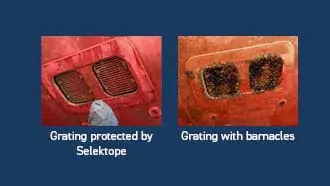
These properties also help to protect high risk niche areas, and vessels with low activity levels that, as we have seen, are at some of the highest risk from niche area fouling.
This is the second part of a three-part study commissioned by I-Tech that are being published as part of a series of whitepapers looking at the prevalence of barnacle fouling across the global shipping fleet. The niche area paper can be accessed here: Download Whitepaper
Related articles
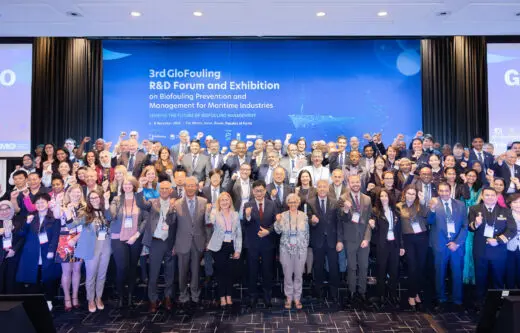
Innovative Solutions and Global Collaboration: Highlights from the 3rd GloFouling R&D Forum in Busan
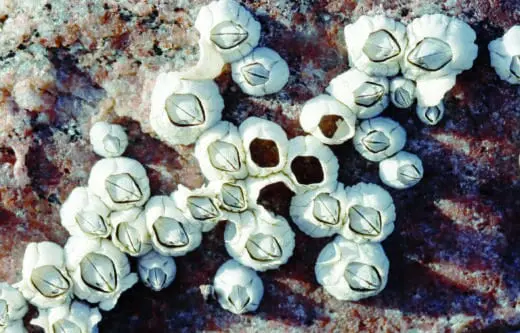
Barnacles: Invited or Invader?
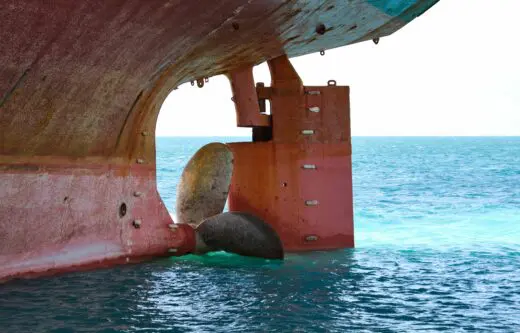
Exploring the Diversity and Resilience of Barnacles!
